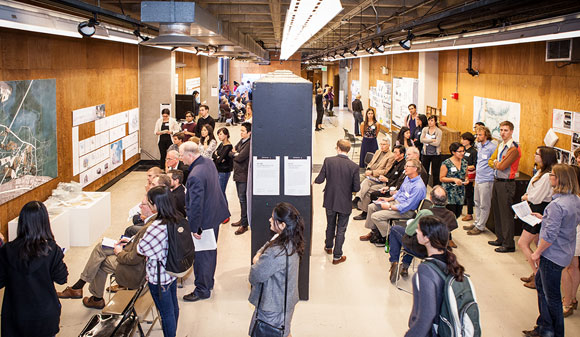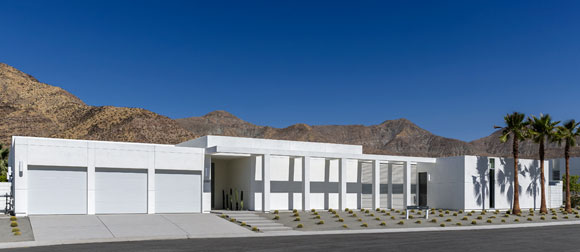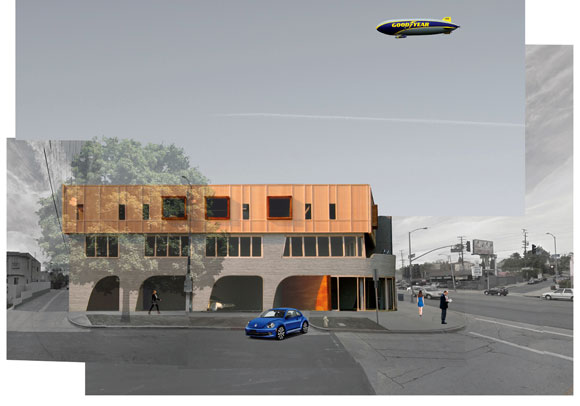#67: “WIPE THAT SMIRK OFF YOUR FACE”
Late 80’s, College of Environmental Design, University of California, Berkeley. This public review of my studio project concludes my undergraduate studies. The class assignment: design a hypothetical church on the banks of Lake Merritt, Oakland. Analogies of good vs. evil, discussions about faith, designs representing religion, etc. saddled every student’s work.
More than an academic exercise for a mere letter grade, The American Institute of Architects co-sponsored our class, structuring it as a design competition. The winners’ drawings and models would become a public architectural exhibition.







